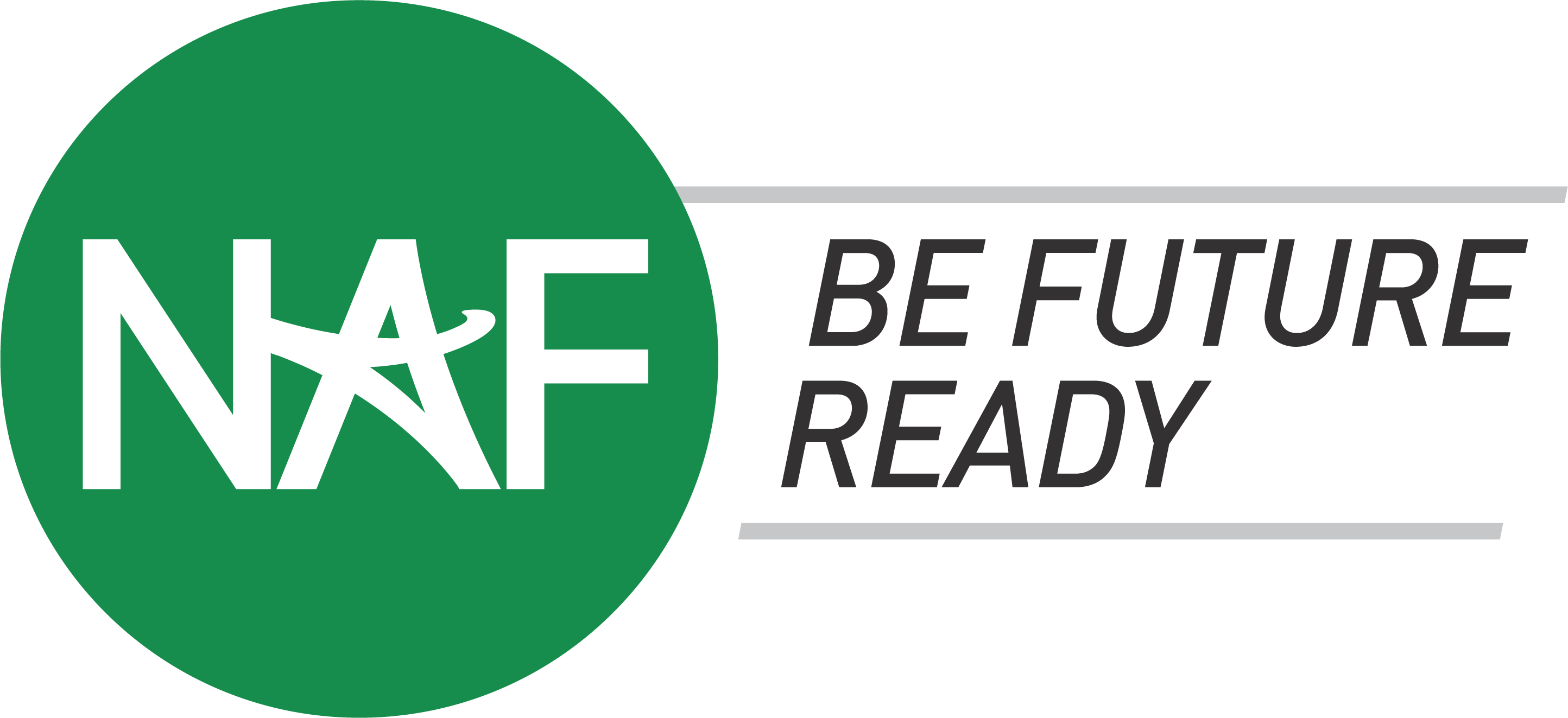How Work-based Learning Can Address Racial and Gender Disparities in the Workforce
March marks the two-year anniversary of when the World Health Organization (WHO) declared COVID-19 a global pandemic. While the pandemic wreaked havoc on every aspect of our lives, it also exposed the inequities in our healthcare, education, housing systems, and, predominantly our workforce.
Throughout the pandemic, gender, and racial disparities widened in the workforce. Data shows that women with high school diplomas left the workforce in higher numbers than men with the same level of education. While the national unemployment rate has declined since the start of the pandemic, the unemployment rate for Black people is nearly double the national average of white workers.
As vaccination rates rise, infection rates decline, and states forge paths toward recovery, we must address the inequalities put on full display over the past two years. Strengthening the school-to-career pipeline is a critical step in addressing workforce disparities.
NAF, a national network of education, business, and community leaders focused on preparing high school students for college and careers, works in many under-invested communities to improve outcomes for students by implementing career-focused academies – small learning communities within existing public high schools.
Work-based learning is key to NAF’s design. It gives high school students early exposure to real-world experiences and hones students’ academic, technical, and employability skills to bolster long-term career success in critical STEM fields such as healthcare, technology, and engineering. NAF’s academies provide students with enriching experiences that will put them in a position to thrive in their professional careers and break the cycles of inequity in the workplace and their chosen fields.
Additionally, work-based learning is a driver of economic mobility. Research shows that students with internship experience are offered more jobs, have higher starting salaries, and engage in a shorter job search post-graduation. However, racial, gender, and economic imbalances are common barriers to entry for highly sought-after and lucrative internships. Data shows that Hispanic-American students are less likely to have an internship and that women are underrepresented in paid internships. Work-based learning opportunities, including paid internships implemented by organizations like NAF, provide students with opportunities to develop real-world, tangible skills that they can take with them into the workforce and pursue high-wage careers.
We are already seeing large investments in work-based learning as a strategy to strengthen the future workforce with notable bipartisan support. In Florida, lawmakers announced an $89 million investment in workforce education. In Michigan, Gov. Gretchen Whitmer signed a $1.2 billion supplemental funding bill that will allocate investments to work-based learning programs, education, and training for students to bolster the state’s healthcare workforce.
Here are three steps you can take to advance work-based learning in your community:
- Start a NAF Academy: Starting a NAF academy can help to increase graduation rate and college-going rates of the school and district, as well as to enhance students’ confidence to take charge of their futures and to succeed in college, career, and beyond.
- Corporate Engagement: Reach out to nonprofit organizations like NAF and find ways to connect students with work-based learning opportunities.
- Volunteer: Speak in a classroom, host a job shadow, participate in mock interviews and informational interviews, join a local advisory board, and connect with students virtually.





